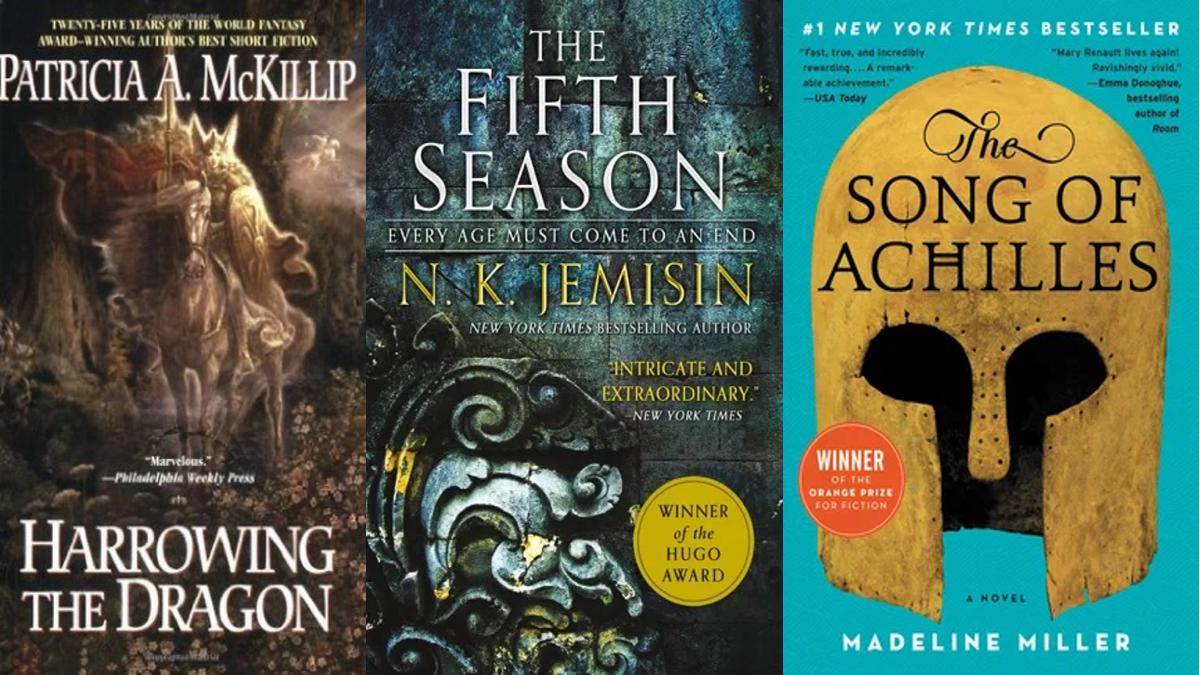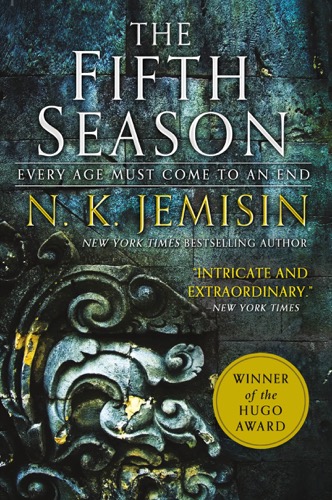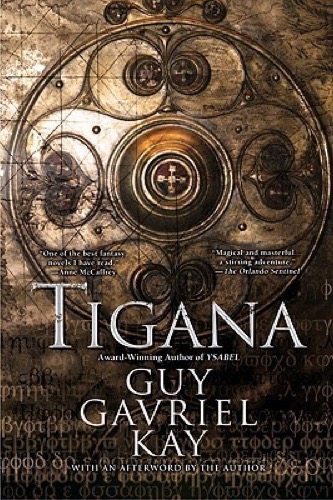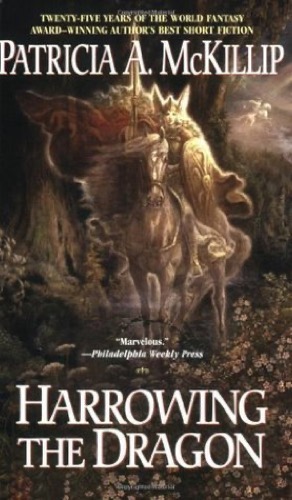
“Verily and forsooth, the yellowy sun drippeth down upon the meadhall like a cockatrice egg fresh cracked, as maid Marian McMcgillicutty Penrose-Smyth runs a fine mahogany comb through her wild chestnut tresses. With each tangle smoothed, her beauty beams radiant the the gilded sword of King Tiberius XII, as it was in the age of…” No. Just no. No one wants to read fantasy written like that. While many fantasy authors try to punch up their words into poetry, their prose often ends up purple as a fresh-punched bruise. But the authors on this list? Each one is a true wordsmith, able to hang with the best of the olden day bards. Here are 10 fantasy books with truly beautiful prose that reads like an epic poem.
The Song of Achilles

Madeline Miller spent over a decade writing The Song of Achilles – a fantasy romance retelling of Homer’s epic poem The Iliad – and it shows. Just as the title promises, the prose of this novel sings on the page. The poetry revolves around the tender love affair between the demigod Achilles and the mortal Patroclus, following their journey from childhood companions, to teenage lovers, to ride or die adult partners who meet a tragic end in the Trojan War. Yes, this novel is a downer, but a beautiful one – like watching a shot swan plummet out of the sky. You’ll ugly cry through the last fifty pages, and crack up again when you realize this novel’s words have – like the grapes that make the bittersweet wine of Dionysius – been pressed onto the inside of your heart. Yeah, that was a purple prose metaphor. Sue me.
The Fifth Season

“Let’s start with the end of the world, why don’t we? Get it over with and move on to more interesting things.” How’s that for an opening line ? N.K. Jemisin’s post-apocalyptic epic reads like a T.S. Eliot poem, describing the way the world ends with a bang and not a whimper. Well, it’s been a couple “bangs” – The Fifth Season‘s world ends at least once a century, as the planet is periodically rocked by cataclysmic climate disasters called “fifth seasons”. After a particularly powerful energy manipulator called an “orogene” caused the latest fifth season, three orogene women are forced to deal with the seismic fallout on the supercontinent that call home. Rich, epic and haunting, this novel reads like the wind whispering behind your back – talking smack about you and the rest of humanity with breezy and threatening calm.
Gormenghast

Mervyn Peake’s Gormenghast trilogy contains prose as thick and rich as a seven layer devil’s food cake with 99% cacao dark chocolate frosting and garnished with a spider web. An opaque series of gothic fantasy novels, Peake’s magnum opus is the story of a shadowy castle in the possession of the Groan family, whose once proud lineage has given way to a demented sort of decay. Bound by byzantine traditions and hard-dying old habits, the Groans flit through the halls like ghosts, observing archaic rituals family without really knowing why. Reading this novel is like listening to a really beautiful death rattle, like Pavarotti singing an aria moments before shuffling off his mortal coil. Dark, haunted and just a little depraved, this novel feels like an Edgar Allen Poe contribution to Ao3, in a good way.
Piranesi

Susanna Clarke’s Piranesi is the story of a man who lives in the most interesting house in the world. In fact, Piranesi’s home is his world. A labyrinthian array of rooms and hallways, The House in which Piranesi dwells contains as many multitudes as Walt Whitman or Lana Del Rey. Piranesi’s sole job is to catalogue the place’s nigh-infinite expanse, counting up the doorways, statues, and oceans that deck the cheerless halls. His only visitor is The Other, a mysterious man who comes in to check on his work from time to time. Dark and mysterious, Piranesi reads like the kind of dreams you’d get after a night of too much absinthe. Hazy. Mystic. A little nauseating. Would do it again.
Blood Meridian

I’ve said it before and I’ll say it again, Cormac McCarthy’s Blood Meridian is not a historical novel, but a grimdark low fantasy western. Told with a blood-slick prose that slides between dream and nightmare, the novel tells the story of a nameless youth who joins up with a gang of savage scalp hunters because, well, there’s literally nothing better to do in this world. Inspired by the real life Glanton Gang, who made their abominable living selling the scalps of native tribes, the plot unfolds with oneiric logic – the sordid group kills first for money, and then solely out of habit. The fantasy element? One of the gang’s most formidable members is Judge Holden, a towering and hairless albino man who may or may not be the devil incarnate. Arguably one of the darkest books ever written, Blood Meridian‘s prose will leave bite marks on your brain.
Tigana

Reading Guy Gavriel Kay’s Tigana is like reading a really beautifully written placard next to a museum painting that depicts the fall of an ancient civilization. Much like Italy after the death of the Roman Empire, the Peninsula of Palm has been divided into warring city-states, two of which have come under the control of powerful sorcerer-tyrants. As revenge for the death of his son, the sorcerer Brandin of Ygrath curses the city-state of Tigana, so that outsiders aren’t able to speak or remember its name. Unlucky for Brandin, a group of rebels don’t intend to take that insult lying down. The result is a story of revolution, painted with words as beautifully as Eugène Delacroix painted Liberty Leading The People with, well, paint.
The Gunslinger

“The man in black fled across the desert, and the gunslinger followed” – now there’s an opening sentence. The first of Stephen King’s seven part mega-novel The Dark Tower, The Gunslinger‘s prose is as mystic and foreboding as a back alley Tarot reading. Inspired by Robert Browning’s 19th century poem Childe Roland To The Dark Tower Came, this dark fantasy epic is the story of Roland Deschain, a gunslingin’ knight errant on a quest to find a legendary piece of obscure architecture that serves as the central spoke around which King’s multiverse revolves. The novel is chock full of poetic lines, including the goosebumps inducing Gunslinger’s Creed: “I do not kill with my gun. He who kills with his gun has forgotten the face of his father. I kill with my heart.” Full body chills.
The Empress of Salt and Fortune

Nghi Vo’s The Empress of Salt and Fortune is an epic inspired by the mythic history of Imperial China. It’s the story of the titular Empress’s rise from political prisoner to the heights of power, tenderly recounted by one of her most intimate companions. And by “intimate companions” I mean, yes Harold, they’re lesbians. Aided by a handmaiden turned lover named Rabbit, the Empress In-yo works to overthrow her brutal and tyrannical husband and establish a just rule of law throughout the kingdom. Tranquil as lake water and just as deep, this novel’s lyrical prose is worth a literary skinny dip.
The Night Circus

Erin Morgenstern’s The Night Circus is the whimsical tale of a traveling circus that only appears when the sun goes down. While no one is quite sure where the Le Cirque des Rêves will appear next, it’s certain that attendees will have their minds blown by feats of illusion within. Two of the finest illusionists that the circus has to offer were trained to compete against one another since birth, but unbeknownst to their handlers, their magical rivalry is blossoming into ardent love – which may doom the promising careers of both. This novel’s prose will rush over you like a warm, dark wind on a summer evening. It’s all stars and circus lights, written on midnights where morning never comes.
Harrowing The Dragon

When it comes to perfect prose, Patricia A. McKillip is hard to beat. While Harrowing The Dragon features some of his finest work, you can crack open any one of her novels and find a gooey poetic center inside. Gross metaphor? Listen, I’m no McKillip. However, I do know a good line when I see one, and Harrowing the Dragon has pages of them. A series of short stories each more stunning than the last, this book reads like a poetry collection – best enjoyed on a rainy afternoon with a cup of Earl Grey and a cat in your lap.
Have a tip we should know? [email protected]







